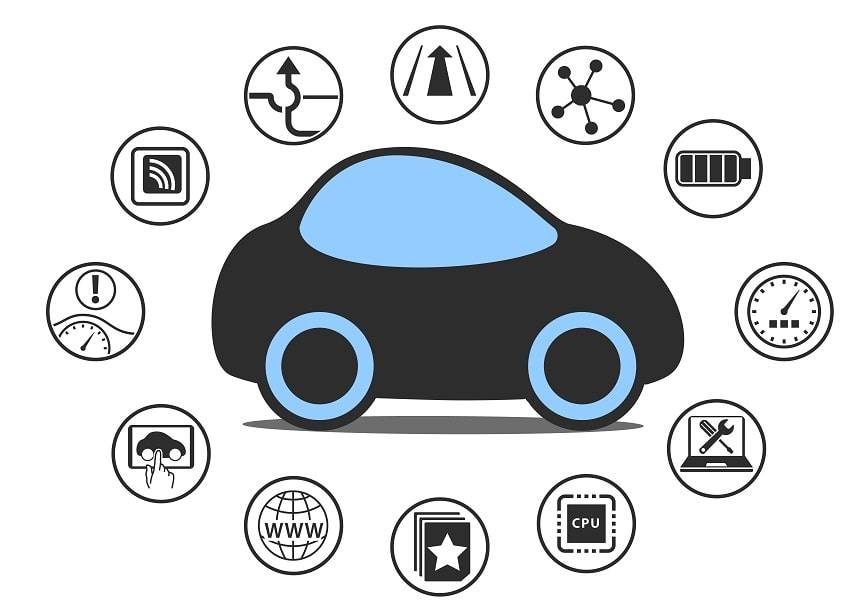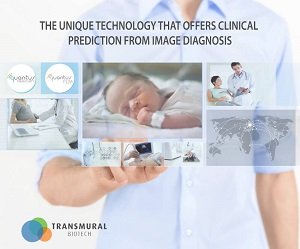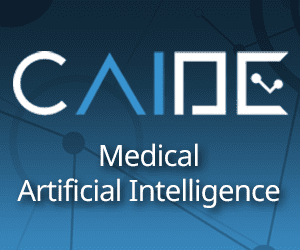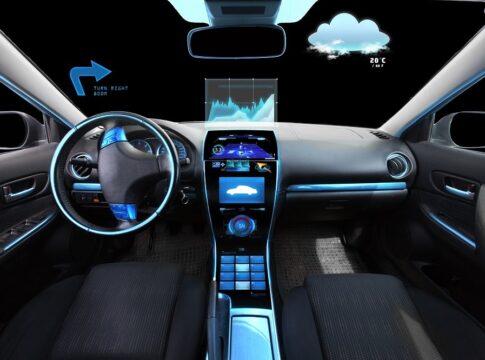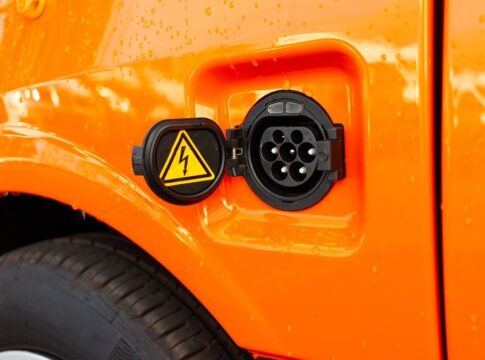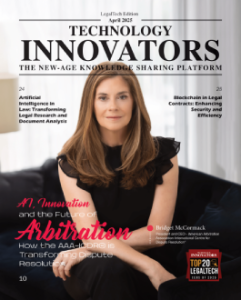Automobile technicians examine, diagnose, and repair mechanical, electronic systems, and electrical as well as components of automobiles. They may specialize in a particular manufacturer’s automobiles, but depending on the circumstances as well as the scope of services provided by the company, they may also work on vehicles from other manufacturers. Here are some technology incorporated in automobiles.
Connectivity
Vehicles now have a tamper-proof digital identifier that distinguishes them out from the entire network. This makes it simple to track vehicle data for a variety of applications, including insurance, the safety of drivers, predictive servicing, and also fleet management. Vehicle data sharing benefits not only the particular customer but the complete mobility ecosystem.
V2X Network- a British firm that provides a vehicle-to-everything (V2X) technology for autonomous activities that integrates geo-networking with caching to facilitate low real-time communication. This platform is built on distributed ledger technology (DLTs) which is extremely scalable. To improve privacy and security, this start-up leverages enterprise-grade encrypting to give consumers authority over their data.
No Traffic- No Traffic is an Israeli start-up that creates the AI-powered traffic signal technology which digitizes management of infrastructure of road and connects vehicles to city highways to solve numerous traffic-related problems. To enable smart mobility, all road users’ data is transmitted and analysed in real-time. Additional services, such as micropayments as well as micro-mobility, are built on top of the solution.
Digital Key/Connected Mobile Applications
Because our phones are such an important aspect of our existence it is only natural for automakers to reap the benefits of smartphone technology. Most car manufacturers provide interconnected smartphone applications, but few are superior to others. The highest advanced models allow to lock & unlock the doors remotely, monitor the fuel level as well as tire pressure remotely, plus even start the cars remotely – and this is especially useful on a cold winter morning. Additional security features are integrated into the digital key, which only connects the owner’s phone to their automobile.


